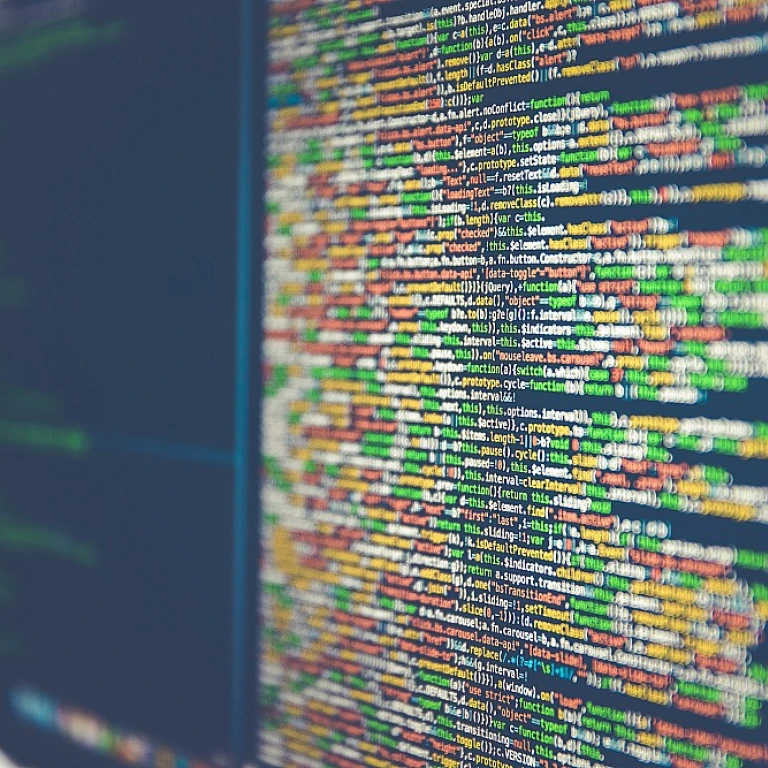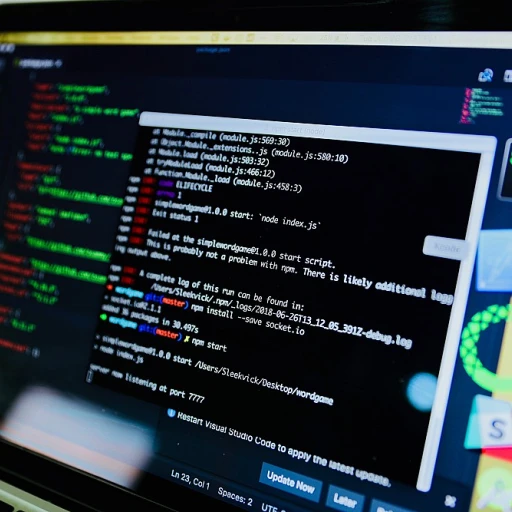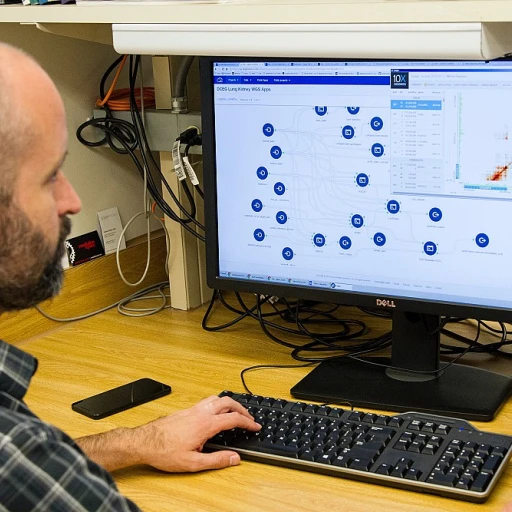
The Basics of Quantum Computing
Understanding the Quantum World
Quantum computing is a revolutionary leap that pushes the boundaries of conventional computing by harnessing the strange and fascinating principles of quantum mechanics. To appreciate how quantum computing stands apart, it's important to grasp some foundational concepts that set it on its own course. At the heart of quantum computing are qubits, the fundamental units of information. Unlike classical bits, which exist in a binary state of either 0 or 1, qubits operate in a realm where they can exist in multiple states simultaneously due to the phenomenon of superposition. This ability allows quantum computers to perform complex calculations exponentially faster than traditional computers, potentially revolutionizing fields such as cryptography, optimization, and data analysis. Another defining characteristic of qubits is entanglement, a counterintuitive property where qubits become interlinked, such that the state of one qubit is directly dependent on the state of another, no matter how far apart they are. This interconnectedness allows quantum computers to solve intricate problems with higher efficiency by processing large amounts of information in parallel. Quantum interference also plays a vital role, as it enables quantum computers to amplify desired outcomes while canceling out the unwanted ones. This paves the way for more accurate solutions to problems that are currently unsolvable using classical methods. As we delve deeper into the intricacies of this new technological frontier in subsequent sections, we will uncover the building blocks of this fascinating world, how software developers are adapting to quantum paradigms, and the groundbreaking algorithms that promise to reshape industries.Quantum Hardware: The Building Blocks
Essential Components for Quantum Computing
As we delve deeper into the realm of quantum computing, one of the most crucial aspects to understand is the hardware that fuels this revolutionary technology. Without it, the intricate dance of qubits and quantum operations would be nothing more than abstract theory. Similar to how classical computers rely on bits and processors, quantum computing hinges on physical systems capable of sustaining quantum states. The cornerstone of quantum hardware is the qubit, the quantum counterpart of the classical computer bit. Unlike bits that represent binary states, qubits can exist in multiple states at once due to superposition. However, achieving and maintaining this delicate balance requires sophisticated technology, as qubits are notoriously sensitive to external disturbances. Several technologies are employed to hold and manipulate qubits. Superconducting circuits are one such advancement, often considered a frontrunner due to their ability to maintain quantum states long enough for operations to be completed. Companies like IBM and Google have made significant strides in this area, developing some of the most advanced quantum processors available today. Ions, individual charged particles suspended in electromagnetic traps, are another candidate. Ion trap quantum computers take advantage of the natural stability of ions to reduce errors—a major hurdle in quantum computing. This method has shown notable promise for scalability, a critical factor as we aim to increase the number and reliability of qubits. While we have these promising hardware solutions, the development of quantum software is presently faced with substantial challenges. The hardware must not only support the necessary computations but also align with the algorithms and software architectures being developed. It is a symbiotic relationship where advances in hardware drive the evolution of quantum software, spotlighting the incremental progress needed in both domains to capitalize on quantum mechanics' full potential. In the ongoing journey to refine and enhance quantum computing infrastructure, we will continually witness groundbreaking advancements that bring us closer to real-world applications. As we proceed, it is imperative to bridge the gap between theory and practice, paving the way for a future where quantum computing is seamlessly integrated into day-to-day technology.Quantum Software Development
Bridging the Gap: Crafting Software for Quantum Machines
As we delve deeper into the realm of quantum computing, it's crucial to understand how quantum software development is paving the way for this technological revolution. Unlike classical computing, where software development is a well-trodden path, quantum computing presents a novel landscape with unique challenges and opportunities.
Quantum software is designed to leverage the principles of quantum mechanics, such as superposition and entanglement, to perform computations that are infeasible for classical computers. This requires a paradigm shift in how we think about programming. Traditional binary logic gives way to qubits, which can exist in multiple states simultaneously, offering a vast computational space to explore.
Developers are now tasked with creating algorithms that can harness the power of quantum computers. This involves not only understanding the quantum hardware discussed earlier but also developing new tools and languages that can effectively communicate with these machines. Quantum programming languages like Qiskit, Cirq, and Q# are emerging as essential tools for developers venturing into this domain.
Moreover, the integration of quantum computing with other emerging technologies is opening up new possibilities. For instance, in the context of blockchain, quantum computing can enhance security protocols and optimize transaction processes. For more insights on how blockchain is transforming the future of emerging software technologies, you can explore this comprehensive guide.
The development of quantum software is not without its challenges. It requires a deep understanding of both quantum physics and computer science, along with a willingness to experiment with untested methodologies. However, as more researchers and developers contribute to this field, the tools and techniques for quantum software development will continue to evolve, making it more accessible and practical for widespread use.
Quantum Algorithms and Their Impact
Revolutionizing Problem Solving with Quantum Algorithms
Quantum algorithms are at the heart of what makes quantum computing so revolutionary. Unlike classical algorithms, which rely on binary logic, quantum algorithms exploit the principles of quantum mechanics, such as superposition and entanglement, to process information in ways previously unimaginable. This allows quantum computers to tackle complex problems that are currently beyond the reach of classical systems.
One of the most famous quantum algorithms is Shor's algorithm, which can factor large numbers exponentially faster than the best-known classical algorithms. This has profound implications for cryptography, as many encryption systems rely on the difficulty of factoring large numbers. Another significant algorithm is Grover's algorithm, which provides a quadratic speedup for unstructured search problems, making it a powerful tool for database searching and optimization tasks.
These quantum algorithms are not just theoretical constructs; they are actively being developed and tested on emerging quantum hardware. As discussed in the section on quantum hardware, the advancement of these physical systems is crucial for the practical implementation of quantum algorithms. The synergy between hardware and software development is essential for unlocking the full potential of quantum computing.
The impact of quantum algorithms extends beyond traditional computing tasks. They hold promise for breakthroughs in fields such as drug discovery, material science, and artificial intelligence. By simulating molecular interactions at a quantum level, researchers can accelerate the discovery of new pharmaceuticals and materials. In artificial intelligence, quantum algorithms could enhance machine learning models, offering more efficient training and improved data analysis capabilities.
While the potential of quantum algorithms is vast, challenges remain. As explored in the section on challenges in quantum computing, issues such as error rates and decoherence need to be addressed to realize the full benefits of quantum algorithms. However, the ongoing research and development in this field continue to bring us closer to a future where quantum computing reshapes the landscape of software and problem-solving.











